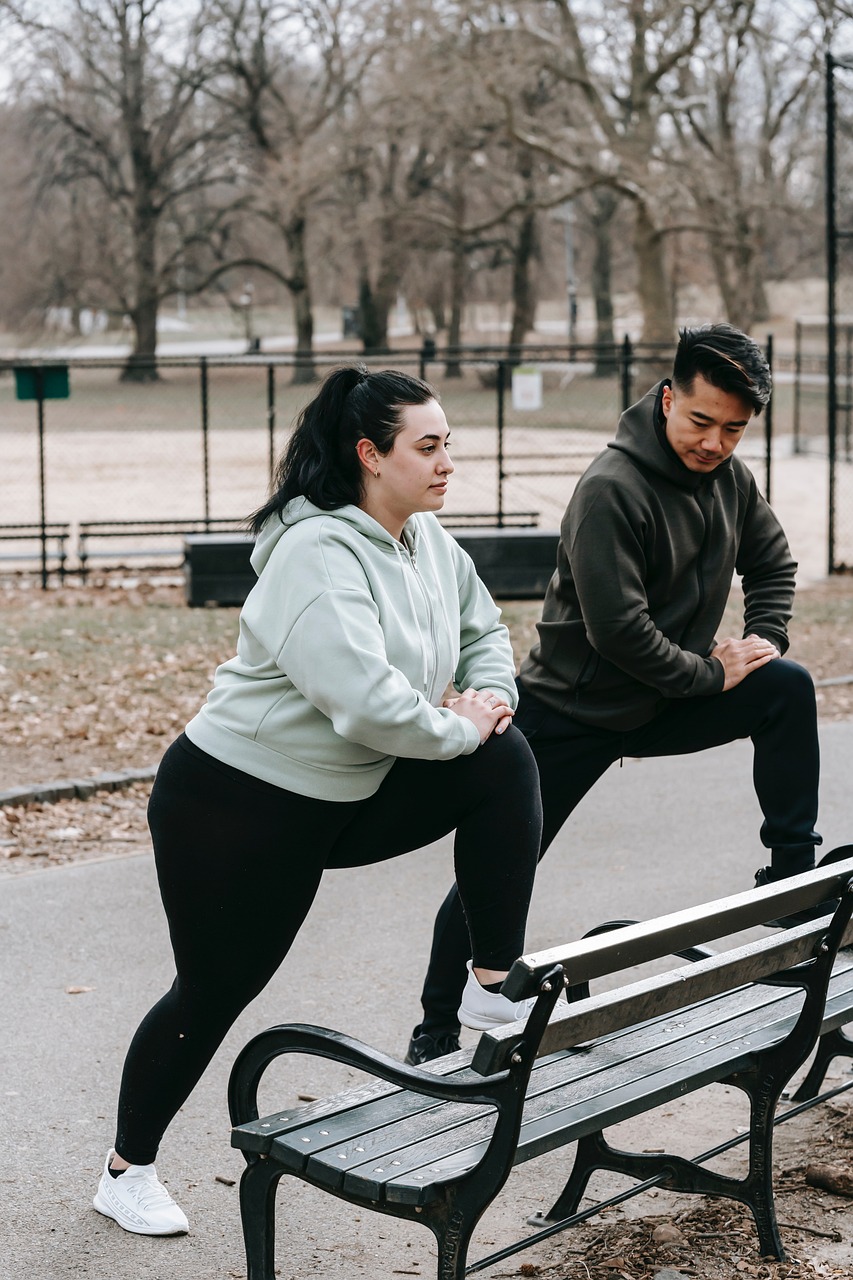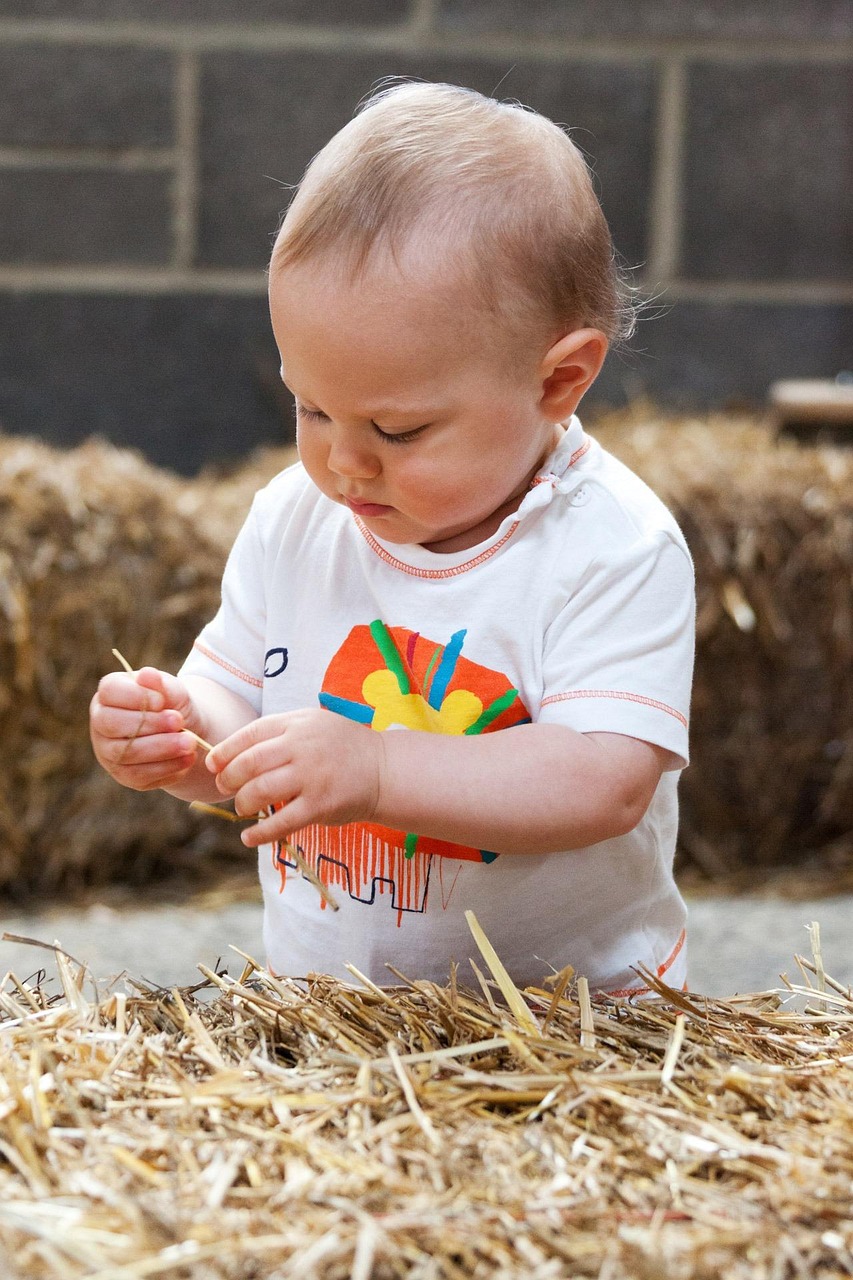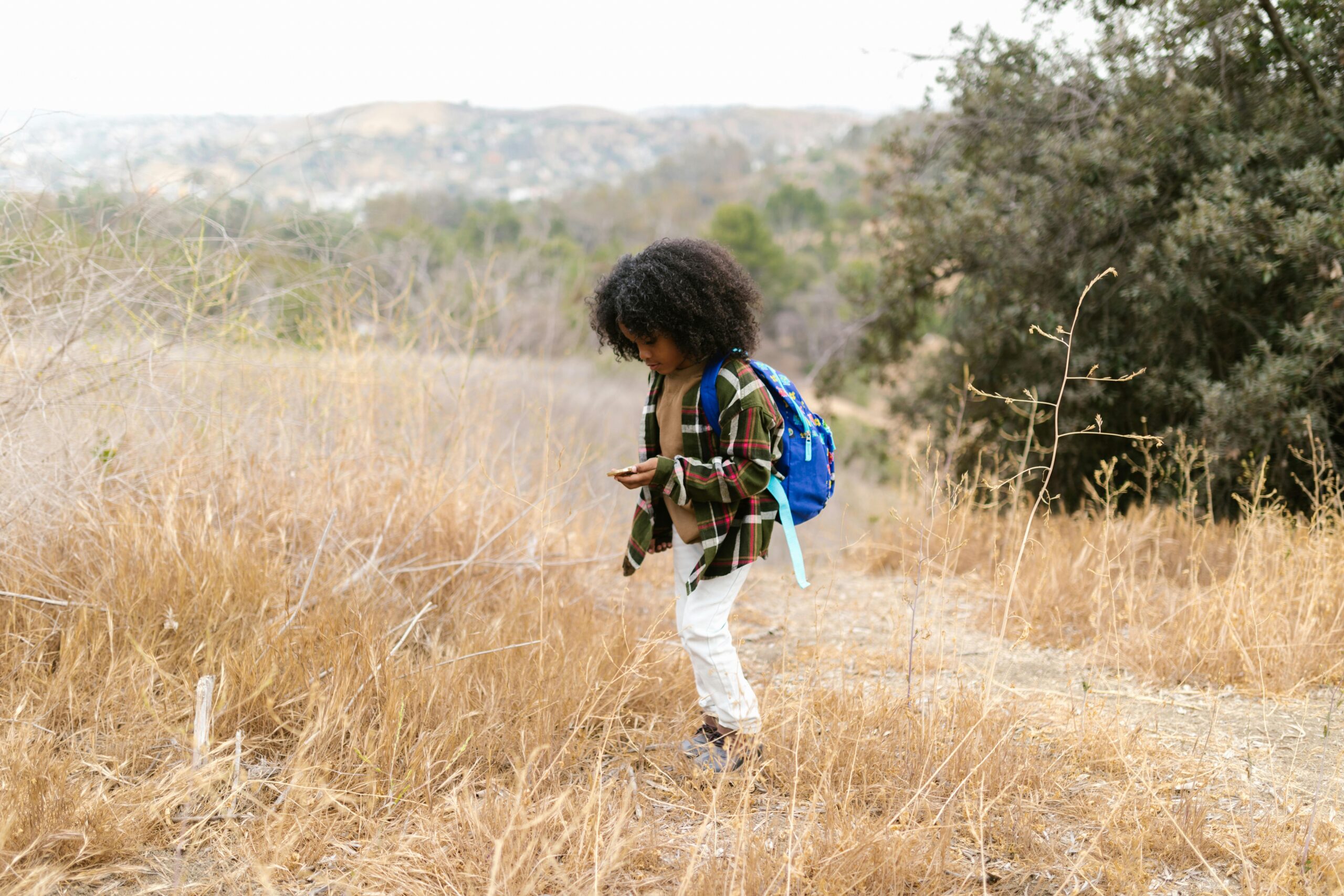Hiking and climbing are incredible ways to challenge your body and connect with nature, but they can also take a toll on your muscles and joints. Proper stretching and recovery routines are essential to prevent injuries, reduce soreness, and maintain long-term strength and mobility. Whether you’re tackling steep trails or scaling vertical cliffs, these tips will help you recover faster and prepare for your next adventure.
Why Stretching and Recovery Matter
Both hiking and climbing involve repetitive motion and strain on specific muscle groups, making recovery crucial to your overall performance and well-being. Benefits include:
- Improved Flexibility: Stretching enhances your range of motion, making movements more efficient.
- Reduced Soreness: Gentle stretches and recovery techniques help flush out lactic acid.
- Injury Prevention: Stretching before and after activities reduces the risk of strains and sprains.
- Faster Recovery: Recovery techniques like foam rolling promote blood flow and muscle repair.
Pre-Hike or Pre-Climb Warm-Up Stretches
A proper warm-up prepares your body for the physical demands of hiking or climbing. Spend 5–10 minutes on these dynamic stretches to increase blood flow and loosen up tight muscles.
1. Leg Swings
- Why It Works: Opens up your hip joints and warms up the legs for steep inclines or climbing moves.
- How to Do It: Stand next to a wall or tree for balance. Swing one leg forward and backward, then side to side. Repeat 10 times on each leg.
2. Cat-Cow Stretch
- Why It Works: Mobilizes the spine and warms up your back, which is essential for climbing and carrying a pack.
- How to Do It: Start on all fours. Arch your back (Cow) and then round it (Cat). Repeat for 1–2 minutes.
3. Shoulder Rolls
- Why It Works: Loosens shoulder joints for climbing or using trekking poles.
- How to Do It: Roll your shoulders forward and backward in slow, controlled circles for 30 seconds each direction.
Post-Hike or Post-Climb Cool Down Stretches
After a long day of adventure, take 10–15 minutes to cool down and stretch. These moves target sore muscles and promote recovery.
1. Standing Forward Bend
- Why It Works: Stretches the hamstrings, calves, and lower back.
- How to Do It: Stand with feet hip-width apart. Hinge at your hips and fold forward, reaching for your toes. Hold for 20–30 seconds.
2. Seated Twist
- Why It Works: Relieves tension in the spine and lower back.
- How to Do It: Sit with one leg bent over the other. Place the opposite elbow on the outside of the bent knee and twist your torso. Hold for 20–30 seconds on each side.
3. Downward Dog
- Why It Works: Stretches the entire body, including shoulders, hamstrings, and calves.
- How to Do It: Start on all fours, then lift your hips to form an inverted “V” shape. Hold for 20–30 seconds.
Recovery Techniques for Hikers and Climbers
Stretching is just one part of a comprehensive recovery plan. Incorporate these practices to speed up recovery and prepare for your next adventure.
1. Hydration and Nutrition
- Why It’s Important: Rehydrating and refueling your body restores energy and aids muscle repair.
- Tips: Drink water or electrolyte drinks and eat a balanced meal rich in protein and carbs within 30 minutes of finishing.
2. Foam Rolling
- Why It’s Important: Breaks up muscle knots and improves blood circulation.
- Tips: Focus on tight areas like quads, calves, and shoulders. Spend 1–2 minutes on each muscle group.
3. Restorative Yoga
- Why It’s Important: Combines gentle stretching with mindfulness to aid recovery.
- Tips: Try poses like Child’s Pose or Legs-Up-The-Wall to relax and reduce muscle tension.
4. Active Recovery
- Why It’s Important: Light movement helps reduce stiffness and promotes circulation.
- Tips: Go for a short walk, swim, or bike ride the day after a strenuous hike or climb.
Injury Prevention Tips
Staying proactive about injury prevention ensures you can keep enjoying the activities you love.
- Use Proper Gear: Invest in supportive boots, climbing shoes, and trekking poles to reduce strain.
- Listen to Your Body: Rest if you feel pain or excessive fatigue.
- Strengthen Key Muscles: Regularly train your core, legs, and shoulders to handle the demands of hiking and climbing.
Sample Recovery Routine
Post-Adventure Recovery (30 Minutes)
- Hydrate and snack (5 minutes).
- Foam roll major muscle groups (10 minutes).
- Perform cool-down stretches (10 minutes).
- Relax with restorative yoga or deep breathing (5 minutes).
Conclusion
Stretching and recovery are essential components of hiking and climbing that often go overlooked. By incorporating these techniques into your routine, you’ll not only enhance your performance but also ensure your body is ready for future adventures.
Call to Action:
What’s your go-to stretch or recovery tip after hiking or climbing? Share your thoughts in the comments below, and don’t forget to subscribe for more tips on outdoor fitness and wellness.




Leave a Reply